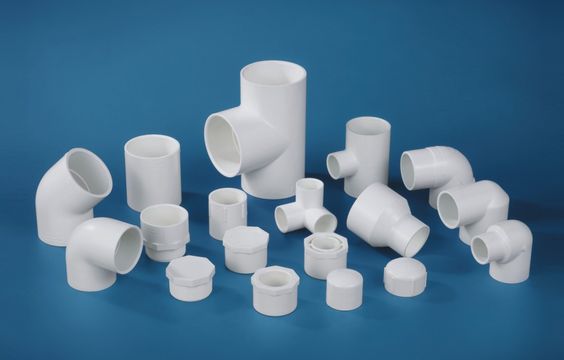Prototype injection molding techniques have the power to improve the lives of many people on this planet, especially in developing countries that badly need this technology to enter the XXI century fully. Many of us take for granted our access to clean water. Too many nations on our planet are stricken with people lacking in clean water, housing, and work opportunities. There is also a lack of proper healthcare and no access to fresh food. The reach of prototyping technologies can help solve most of these problems with a little imagination and a lot of good will. These are some of the proposed ideas making the rounds on the internet these days:

prototype injection molding, picture from jwtrubber.com
· Access to Clean Water
We mentioned difficulties for access to clean water in many third world nations, but America is also facing these kinds of challenges. The town of Flint in Michigan is facing one of the worst crisis of water since the year 2014 where it was discovered that lead had been leaking to their water supplies. Lack of clean water and sanitation is one of the most significant challenges the world faces on an ongoing basis. Millions of people have to deal with lack of the vital liquid or with untreated deposits that pose a great danger if it’s used for consumption.
By using state of the art 3D printers and prototype injection molding techniques, a lot of communities around the world are able to build toilets with the goal of improving sanitation. Towns or cities with difficult access are now able to build receptacles to collect and store fresh rainwater. The technology can also be used to create 3D printed water filters to remove bacteria and viruses from water supplies. The most powerful advantage in this entire course of action is that plastic can’t carry metals to contaminate water.
· Creation of Job Opportunities
Third world nations can’t offer the proper impulse to their economies because business owners don’t have access to the global supply chain. Almost every manufacturing company in these nations can run parts for mass distribution. By being able to work with rapid prototyping companies able to handle small orders, a lot of entrepreneurs can penetrate a market on their terms and work with affordable alternatives on a scale that is able to accommodate their efforts and budgets.
Long gone are the days where entrepreneurs are not able to place orders on their products to keep their stocks locally. The low cost of rapid prototype services and manufacturing alternatives keep offering opportunities to entrepreneurs in every corner of the earth. This also translates to more job positions being created to handle the ever increasing demand for the new products that flood the market.
· Access to Housing and Food
Many third world countries face the increasing cost of building materials for houses and a total lack of farming conditions that keep down for the count. With people facing these hardships in the countryside they move to city slums where they face even worse conditions to survive. Rapid prototyping can be used to help fix both problems with a single solution, namely the re-imagining of construction materials and tools and supplies for farming using prototype injection molding techniques. The raw materials used on these manufacturing methods allow the creation of sturdier versions of the materials and tools needed to fix these problems. Again the only limitation on this stance is lack of imagination or unwillingness to work hard to solve the problem.
· Medical Assistance
One of the most discussed ways that rapid prototyping can save lives in third world nations is by making more accessible access to medical advancements. A lot of these countries can’t afford to get medications, medical equipment, or basic tools of recovery such as prosthetics. With 3D printers, you can create these medical applications from scratch to save lives and provide alternatives such as surgical opportunities that have been denied in these regions for a long time. The reach on this stance can be stretched pretty far with ideas making the rounds to create laboratory facilities to generate medications on-site rather than rely on humanitarian help that can be easily stolen during transportation as it recently happened in Venezuela.
The Challenges Faced By These Ideas
As you can grasp by now a lot can be fixed using prototype injection molding techniques, but this is not as easy as it sounds, at least for the time being. There is a lot of potential in this industry to change the way things are in some of the most difficult regions of the world, but taking this course of action will change the natural course of things for many people who profits from the status quo on these nations.
Detractors will claim the unviability of these initiatives, and the cost of this equipment will also make it hard for it to work as a solution for the masses. These machines also need a lot of maintenance, and having in house operators on these countries can be complicated if there is no proper access to education. A lot has to change for it to work, but it can be done if the rapid prototyping industry keeps moving forward.
